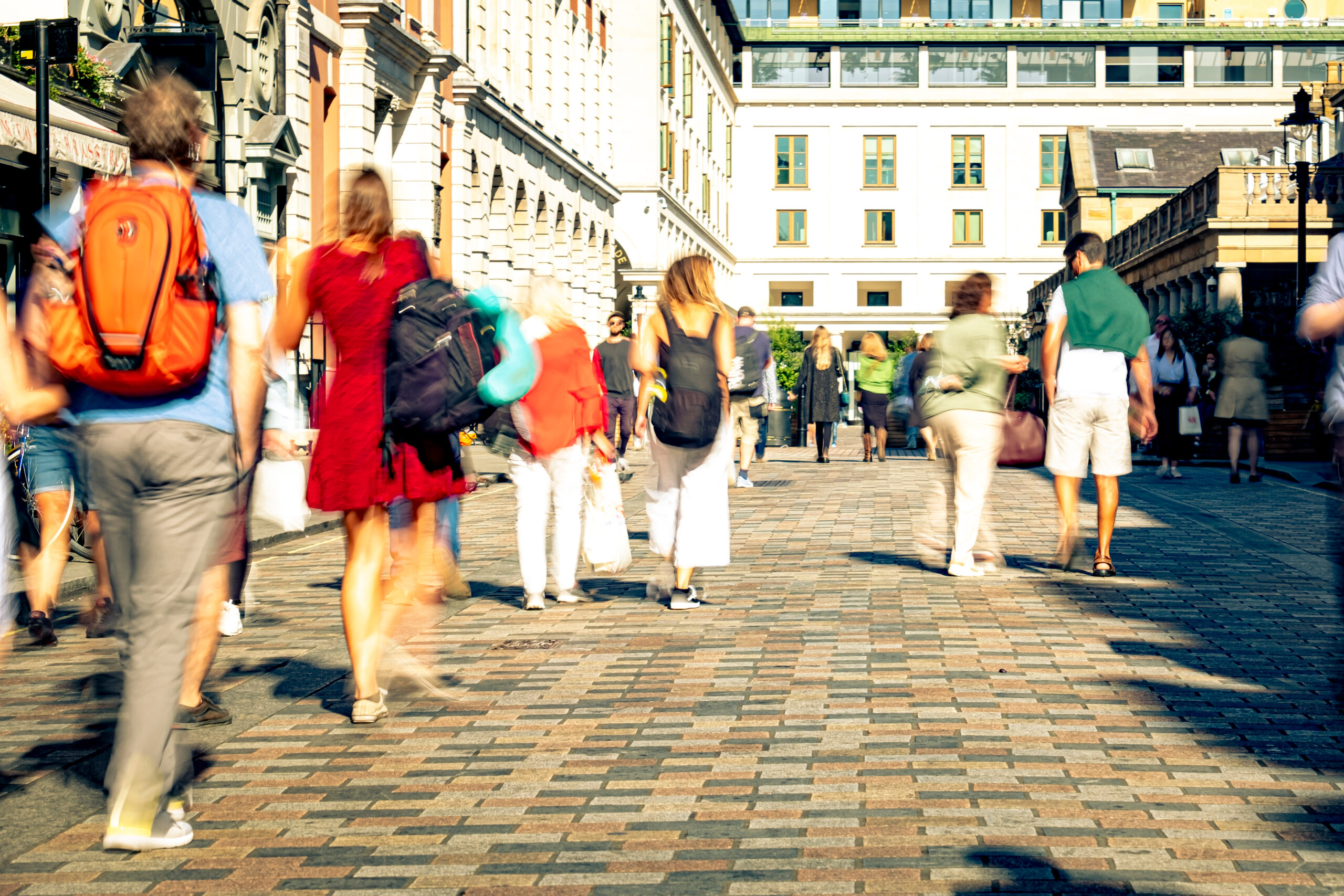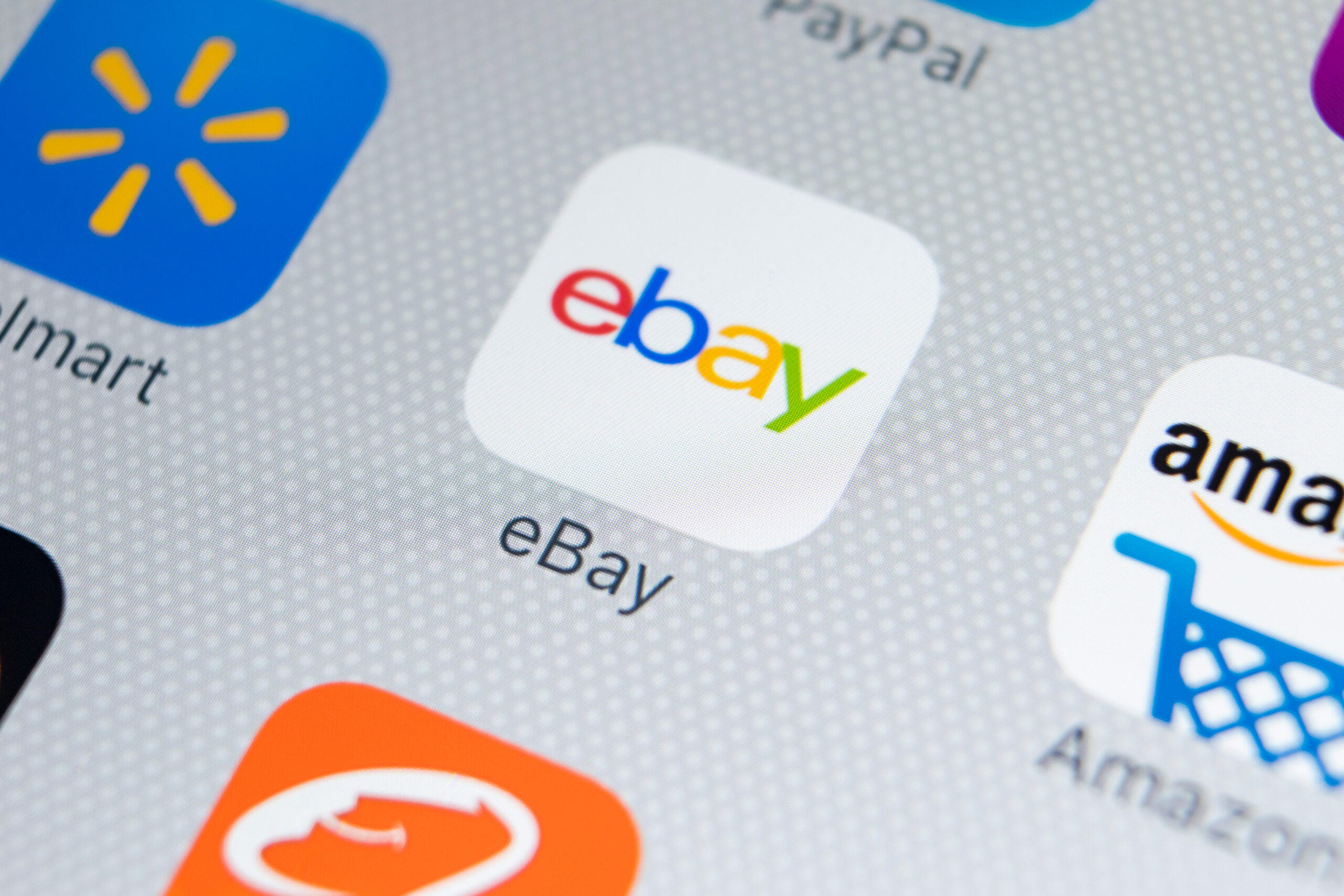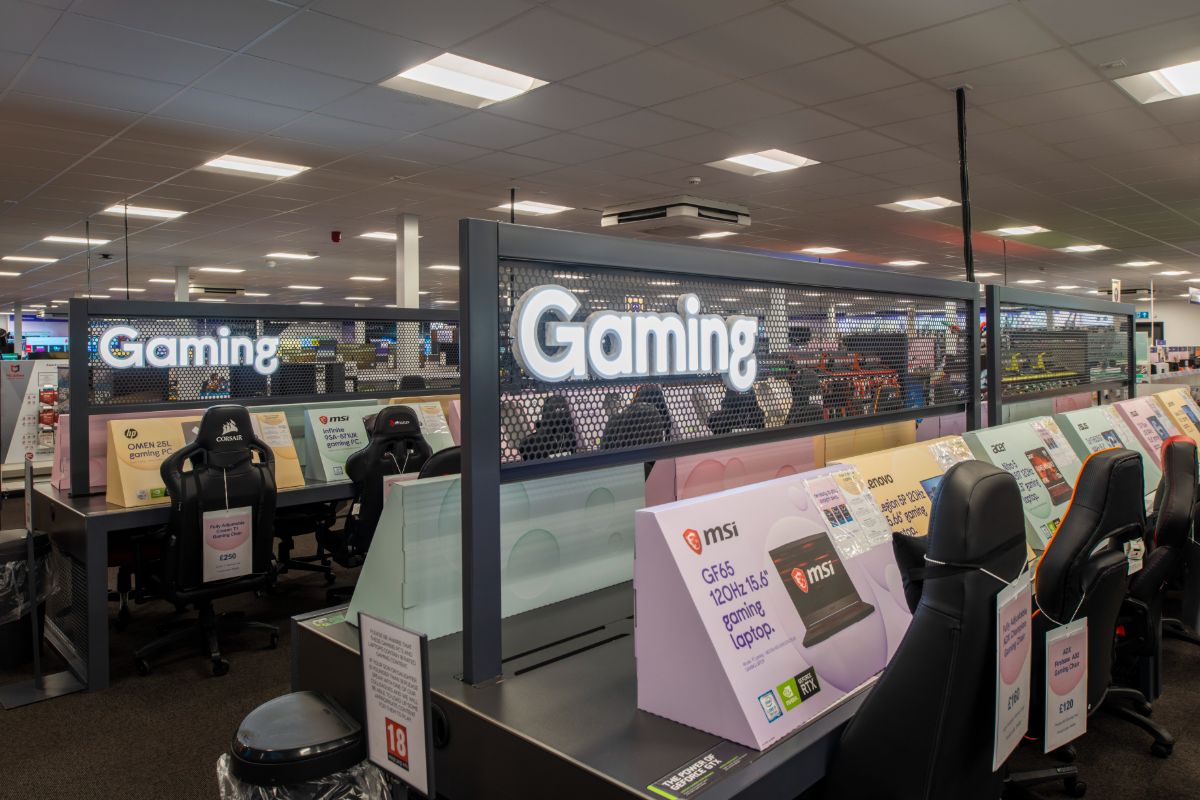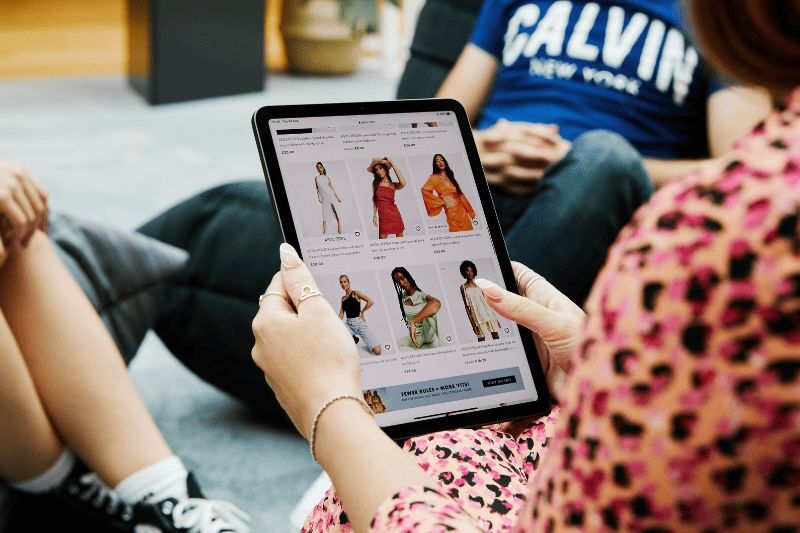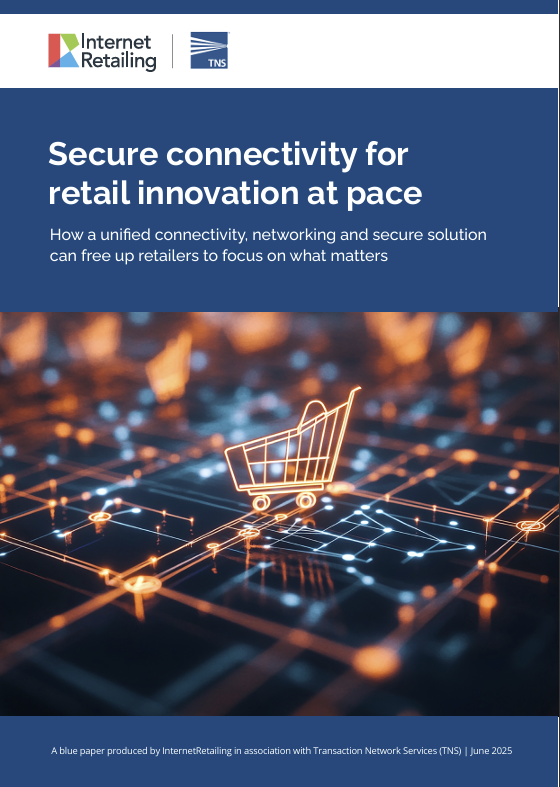Amazon [IRDX RAMZ] Prime Day has been and gone and, largely, went off well. This artificial peak that the mega-etailer has added to the sales calendar is now a firm fixture on the retail calendar – and gives a much-needed boost to sales between traditional peaks.
As my colleague Chloe Rigby has reported, Prime Day is also proving good news for many other retailers. In fact, research by SimilarWeb [IRDX VSWB] of visits to the top 25 UK retailers on that day, ahead of this year’s event, suggests that 29.1m mobile and desktop visits to the UK’s top 25 retailers, of which around 10.5m went to Amazon.co.uk. Chinese competitor Ali Express saw its best one-day UK performance on Prime Day 2015, with 670,000 UK visits.
On the day itself, we also reported that other retailers were also doing really well around it, especially Currys [IRDX RCUR], John Lewis [IRDX RJLW], M&S [IRDX RMAS] and Argos [IRDX RARG] all offering discounts and same-day delivery as ways of getting some bargain hunters in themselves.
And all this is admirable. But, while this all adds up to make Prime Day the sixth biggest peak of the year (and this is only its second year!) not everyone benefits from it. As with all things retail, the big boys are currently squashing the many little convenience stores when it comes to etail. Prime Day only emphasizes this.
But could that all be about to change? Increasingly, consumers are turning to ‘local search’ to find things that are near them. Showrooming has morphed into a stock and availability checking act as much as for price comparison and even click and collect has put ever greater emphasis on local goods.
Now tech start up NearSt is aiming to tap into this more local movement to not only boost the high street and indie retailers, but to take on the likes of Amazon and get better bargains for shoppers.
As we report, the thinking behind it is clear: “Why should anyone wait for a package to arrive from across the world, when you can instantly get it from a shop minutes away from you?” Nick Brackenbury, chief executive at NearSt tells us. “The only thing missing is a simple connection between products on the shelves of real nearby businesses and shoppers’ smartphones.”
Of course we have been here before. Many years ago we reported on a similar idea from a company running an app called NearMe. We have also seen eBay trying to connect shoppers with local people selling second hand things – a sort of virtual jumble sale that even tried to overlay things using rudimentary VR.
But these were too early to market: I got it but most consumers weren’t ready.
Now, however, the time could very much be right. Not only are consumers using mobile more and more – with many retailers seeing at least 50% of ecommerce traffic coming from mobile devices – but there is a growing mood for bargains.
There is also, in some quarters a move back to small, bespoke and indie shops. The chains are great, but were is the individuality? There is also a growing groundswell away from ‘Corporate’ retail. The world isn’t as corporate as the corporate world would have us believe, according to musician, writer, commentator and ‘arch-drude’ Julian Cope – and he is right. Slowly, many shoppers are moving away from just shopping in the usual places and the usual ways. While Amazon Prime Day drives sales, it also make many people want to seek out new things in new ways.
This minor cultural shift is important and NearSt is looking at how to tap into it. Of course, the mainstream world will continue to thrive, but there is always space for the local and the unusual. It may yet be that local shopping gets a resurgence and these shoppers become the Prime Movers.
